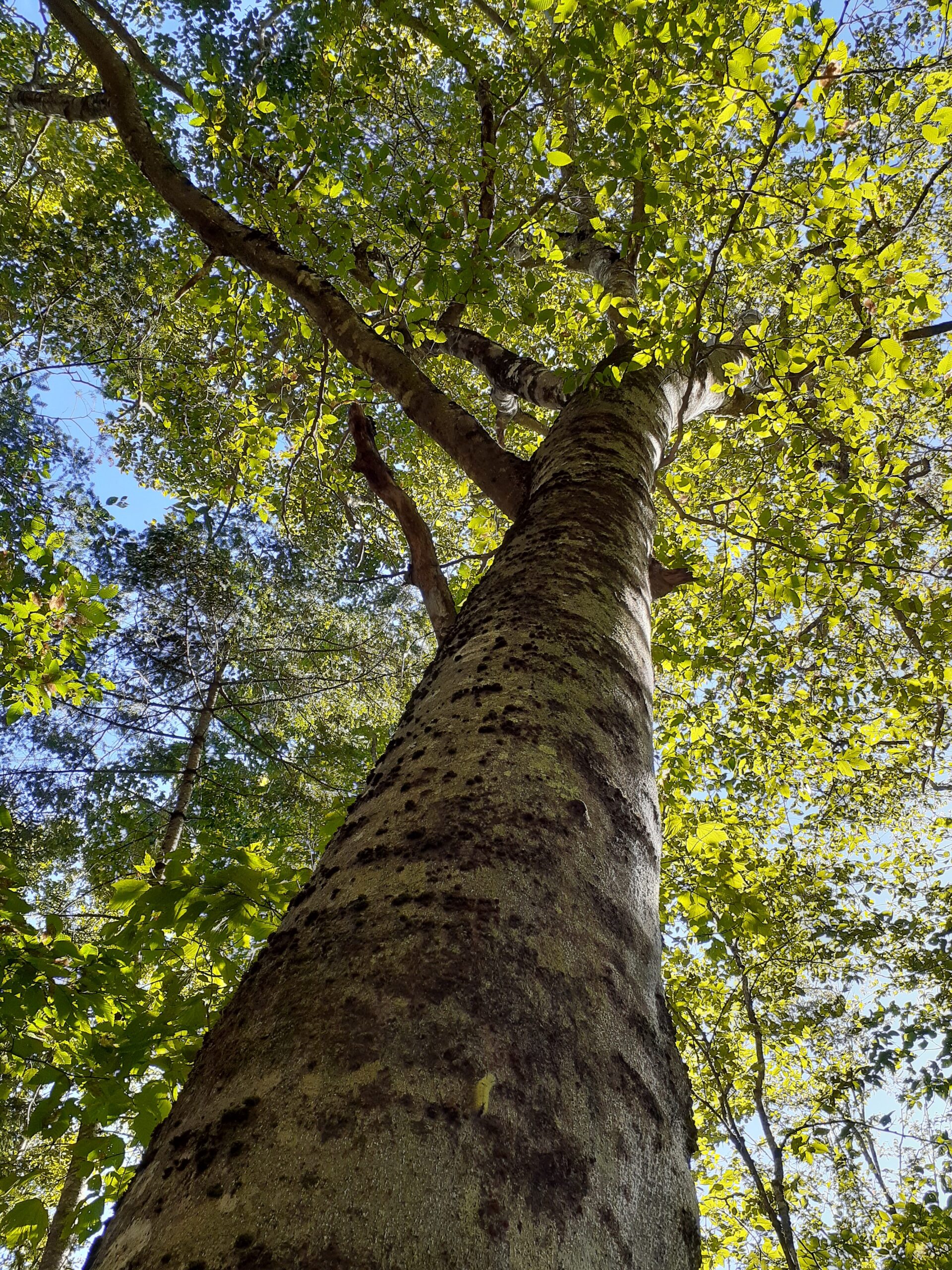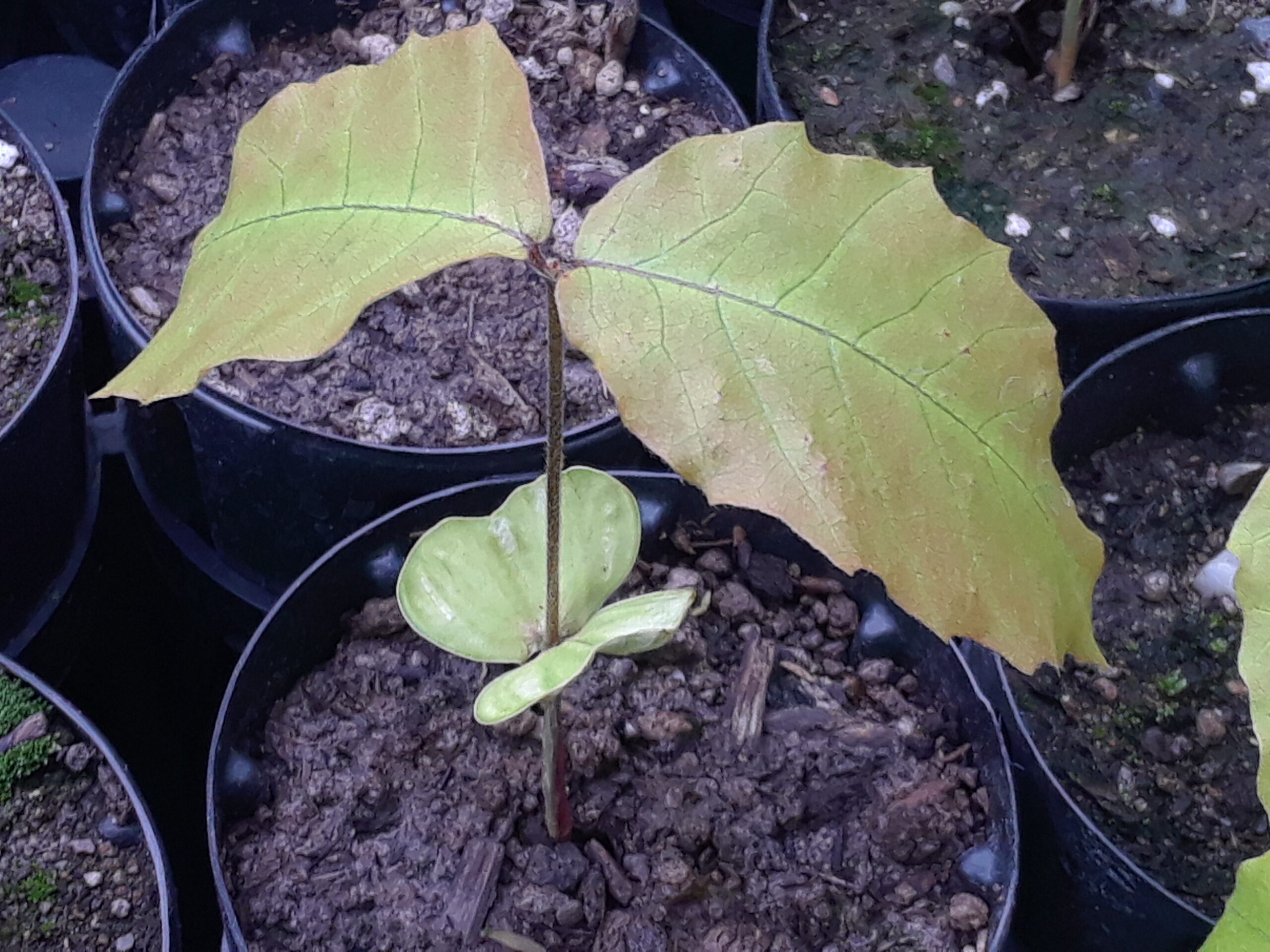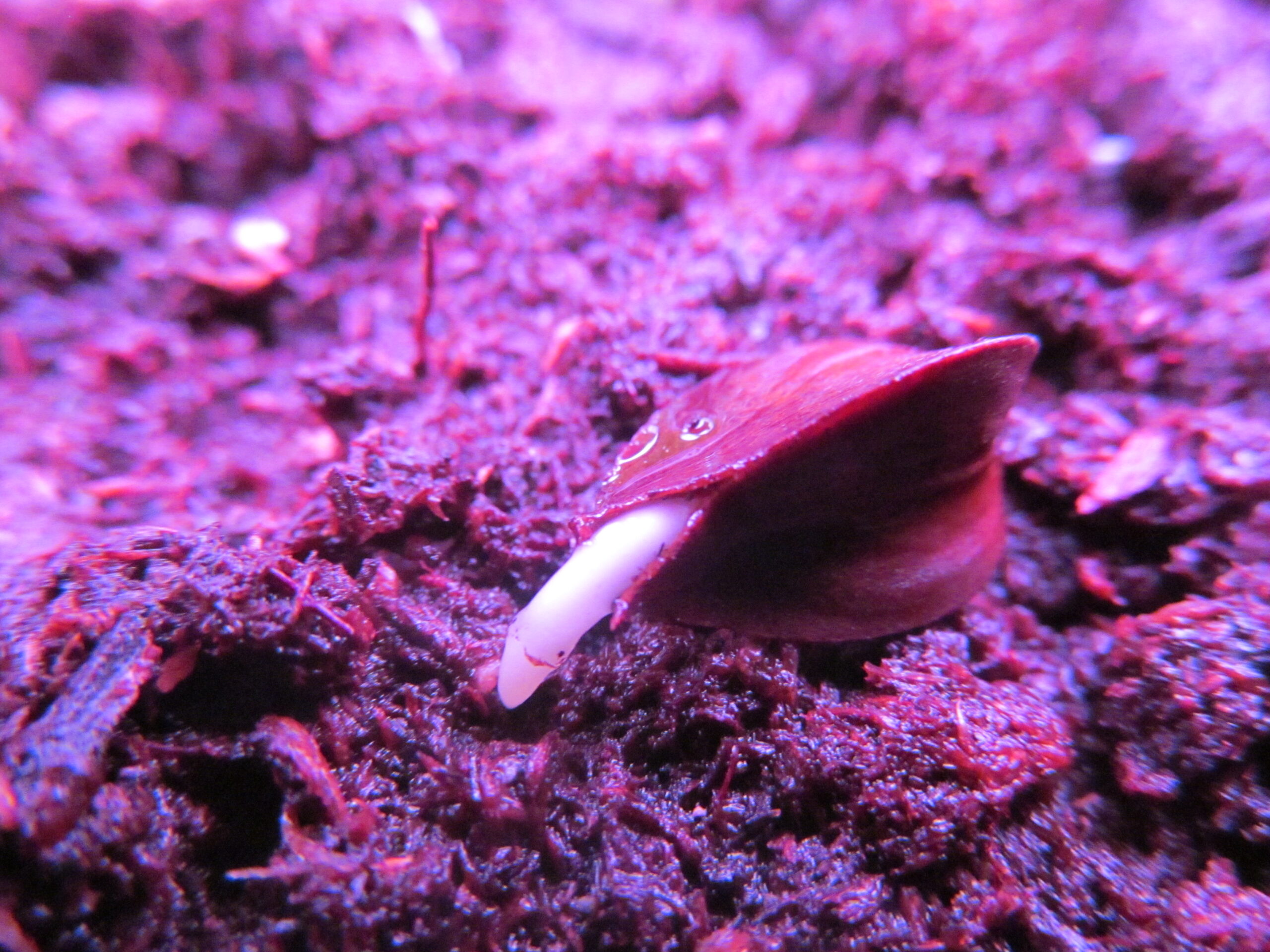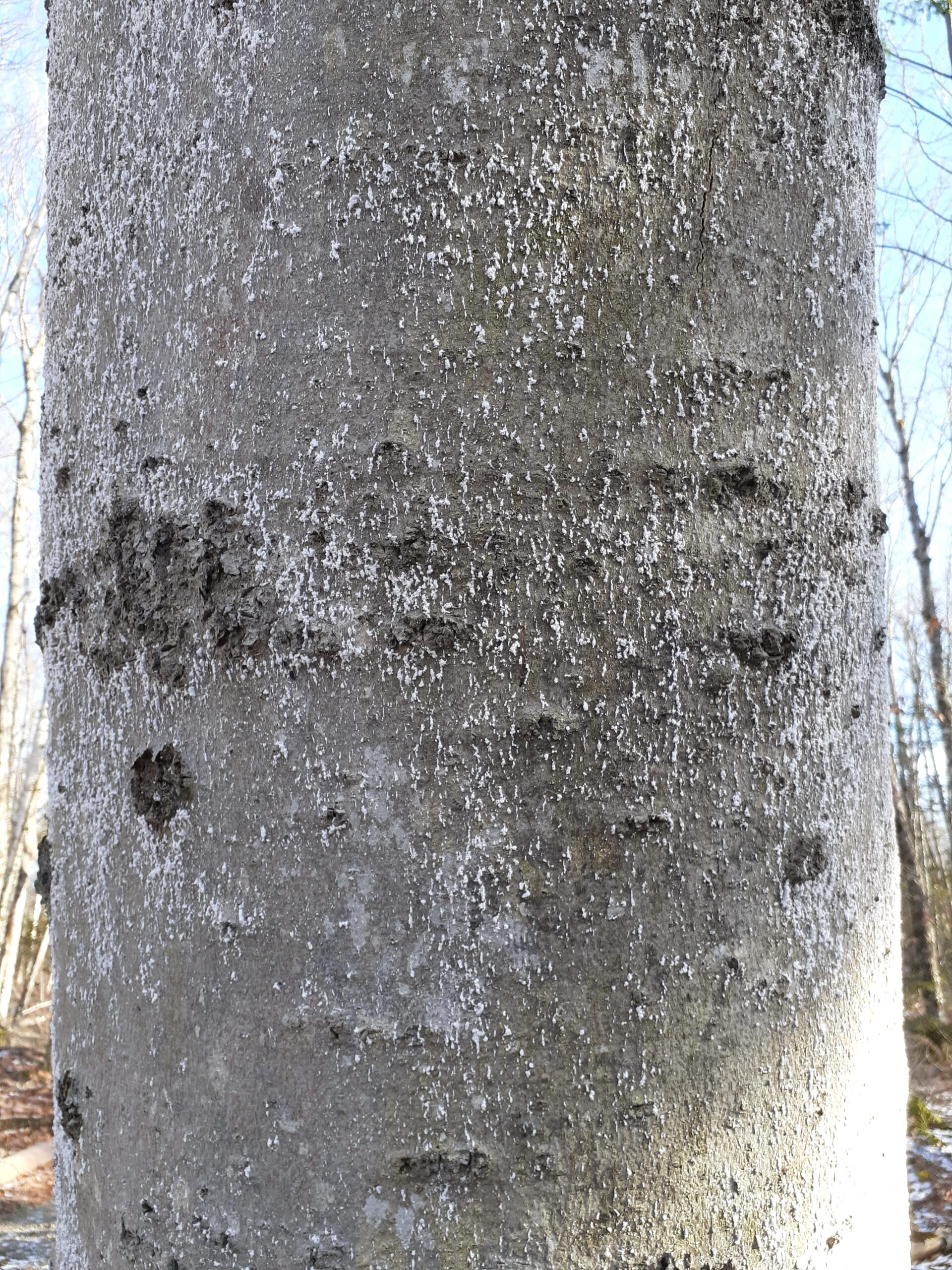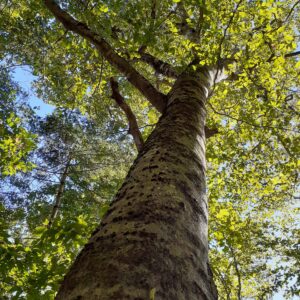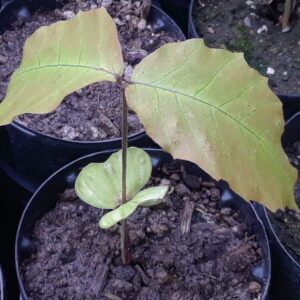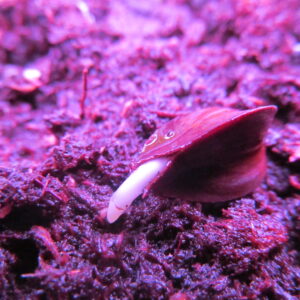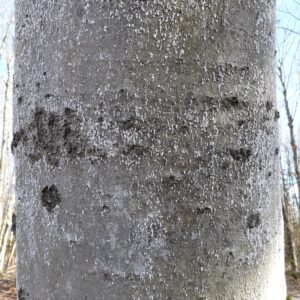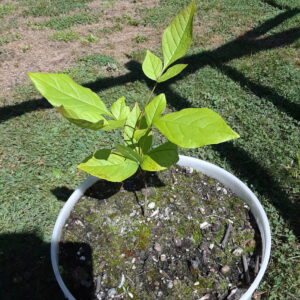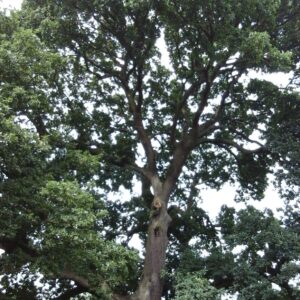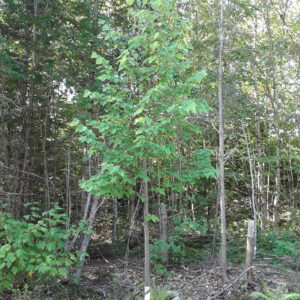American Beech
Fagus Grandifolia
A large, long-lived, native of New Brunswick with smooth silvery gray bark and leaves that stay on the tree into the winter. Seeds provide valuable food for local wildlife. Wind pollinated male and female flowers are on the same tree. Seeds are edible but competition is stiff with squirrels that eat them in the canopy before they fall. Mast seed crops every 2 to 8 years. Sadly, many trees are infected with a disease transmitted by the beech scale insect that causes life threatening bark cankers. There are hundreds of such trees on my property, however, there are two giants that appear to be resistant to the disease. The seeds are collected from these in the hope they have some genetic resistance.
Additional information
| Foliage | Deciduous |
|---|---|
| Locale | Native to New Brunswick, Native to North America |
| Height | Large (60-100ft) |
| Width | Wide |
| Form | Round |
| Growth Rate | Slow |
| Longevity | Long (over 100 years) |
| Hardiness Zones * | 4, 5 |
| Sun Exposure | Full Sun (over 6 hrs), Mostly Shade (slow growth), Partial Sun (4 to 6 hrs) |
| Soil Preferences * | Moist, Slightly Acidic, Well Draining |
| Soil Tolerances | Slightly Alkaline |
| Other Tolerances | Walnut Toxicity |
| Ornamental Interest | Bark |
| Wildlife Value | Birds (fruits/seeds), Large Mammals (fruits/seeds), Small Mammals (fruits/seeds) |
| Human Value | Carpentry (wood), Edible (seed), Fuel (wood) |
| Seed Collection | Personally in NB |
| Planting Considerations | Intolerant of Road Salt, Intolerant of Soil Compaction, Tricky to Transplant |


